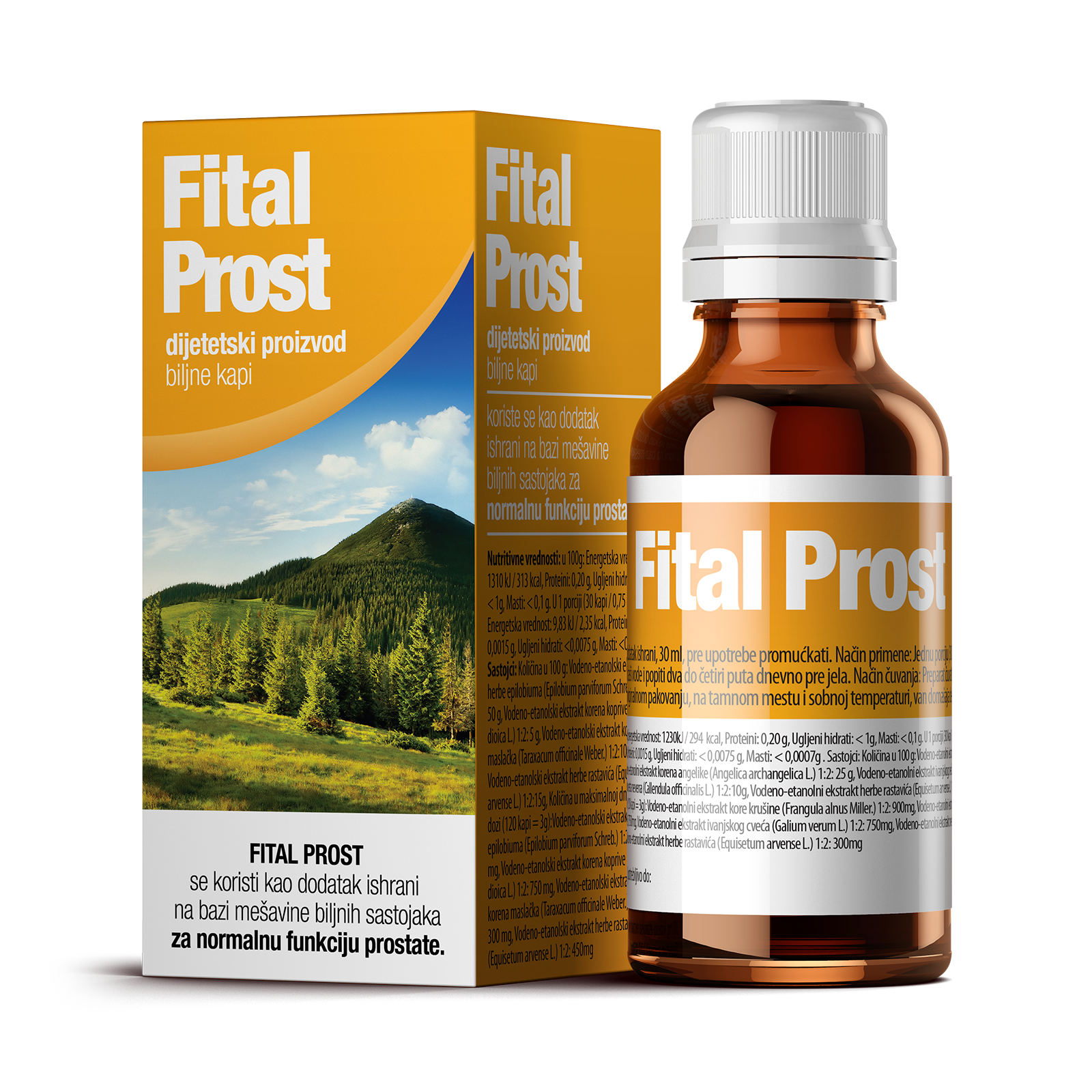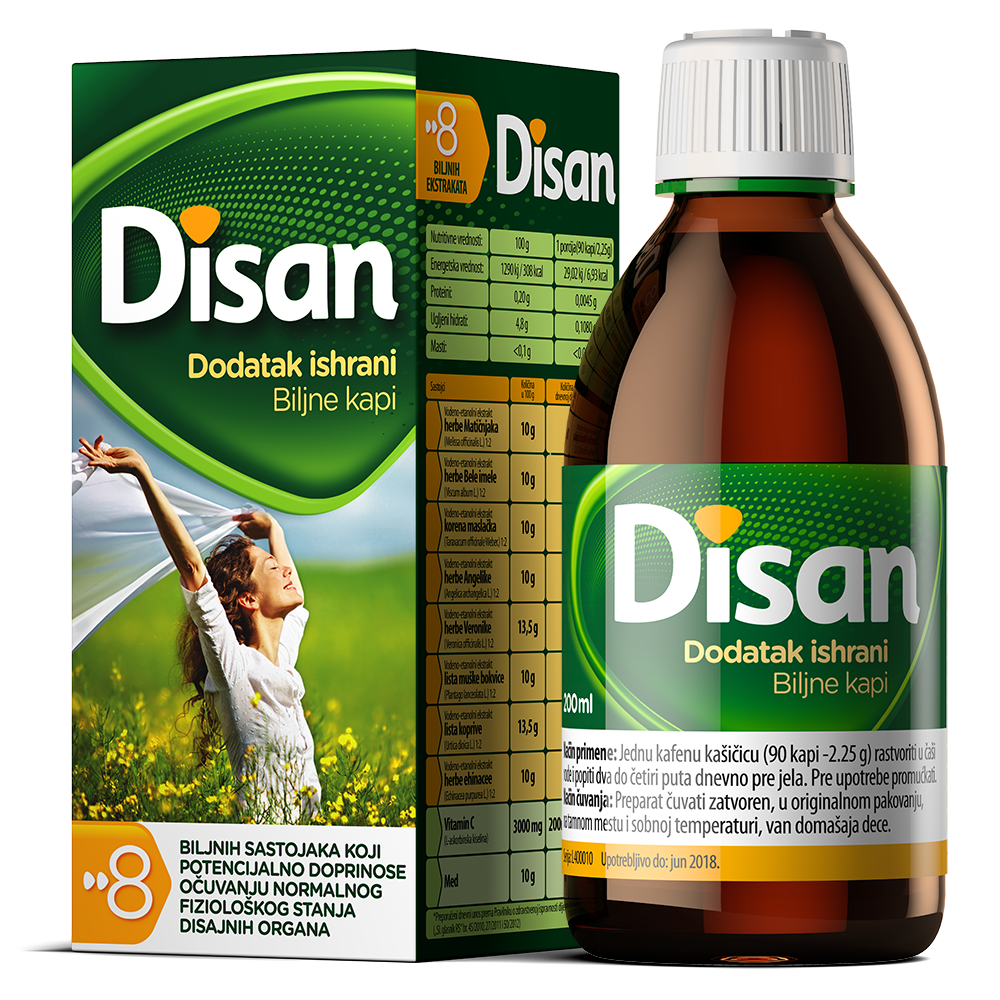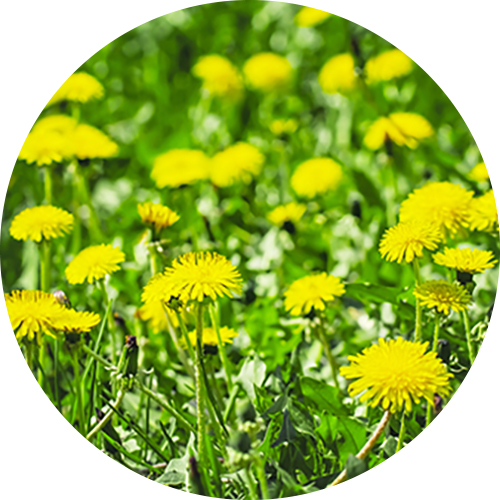(Taraxacum oficinale Weber)
When it blooms, it is yellow and looks like the Sun. When ripe, its white crown resembles the Moon. And when the wind envelops it in its embrace, it scatters its heads of seeds like countless stars in the sky. Dandelion sums up all the wisdom of nature – not only by representing the three most important celestial bodies in the stages of its life-span. Only seemingly gentle and vulnerable, it is a symbol of perseverance and strength: dandelion is a “pioneer species”, one of those plants that will be the first to appear after major natural disasters, especially fires.
Today we try to remove it by pesticides, to banish it from our lawns and gardens, because we view it as a weed. American poet Emerson provided the wisest answer as to what a weed is: “A plant whose virtues have not yet been discovered.” When we spray lawns with pesticides to destroy dandelion, we do not only act contrary to how our ancestors did (until the early 19th century grass was plucked to allow dandelion to spread), but we also act in diametric contravention of the nature of this plant: we spread carcinogenic poison to destroy a plant that has the power to destroy cancer.
Research conducted at the University of Windsor in Canada has proven its ability to destroy the T-cells of leukaemia and pancreatic and colorectal cancers. The substance that has this power is luteolin, a flavonoid with extremely strong antioxidant, anti-inflammatory and anti-tumour effects.
Master of adaptability
Taraxacum officinale by its very scientific name brings harmony to life: taraxos in ancient Greek means “disorder” and akos “cure”. The English name dandelion comes from the French dents de lion, lion’s teeth, describing the serrated leaf of this plant. Apart from the fact that its yellow flowers make it look like the Sun, it is also photo sensitive – it opens in sunny weather and closes in the hours of darkness. This is one of the ways in which it teaches us that those who know how to adapt have the best chance of survival.
Our ancestors discovered the virtues of dandelion a long time ago. Originating from the Mediterranean belt, it was well known to the ancient Egyptians, Greeks and Romans. It has been used in traditional Chinese medicine for over a thousand years, and is mentioned in the manuscripts of Arab physicians dating back to the 10th century. The first settlers took it to the American continent, where it quickly spread and became domesticated. It has been used for centuries in folk medicine as a tonic for removing toxins from the body, for better digestion, for anaemia, arthritis, bile and kidney problems and a number of other diseases.
Dandelion as a medicine
Today we know that this herbaceous plant contains vitamins K, A, B6, C, riboflavin, thiamine; and minerals – iron, potassium, calcium, folic acid, manganese, copper, zinc and magnesium. Dandelion root contains inulin, lutein, myristic acid, choline. It is rich in bioactive components such as sesquiterpene lactones, taraxasterol, taraxerol, beta sitosterol and chlorogenic acid, which have a number of beneficial properties: anti-inflammatory, antioxidant (protecting cells from oxidative stress), anti-rheumatic (preventing or slowing down damage or inflammation of joints, bones and connective tissue), anti-hyperglycaemic (balancing blood sugar levels) and cholagogue (stimulating bile secretion).
Dandelion is a diuretic, it accelerates the excretion of bile, cleanses the liver of toxins, it is excellent for hepatitis, but also helps with allergies, soothes inflammation, sore joints and muscles, improves energy levels, lowers cholesterol, lowers blood pressure and blood sugar levels. As it regulates digestion, it prevents constipation, bloating and kick-starts metabolism; it is also good for weight loss and as it has antibacterial properties, it helps with skin infections and acne. Even if we do not have any of these problems, dandelion can strengthen our immunity and improve the general condition of our body.
Today, in an era marked by a real epidemic in metabolic disorders and type 2 diabetes, dandelion can be our saviour. The traditional use of dandelion in the treatment of diabetes has also been supported by scientific studies. Dandelion inulin, a polysaccharide that contains soluble plant fibres, targets bifidobacteria that eliminate pathogens from the digestive tract and stimulate the immune system, thus preventing the growth of abnormal cells. Inulin plays a major role in stabilising insulin levels and reducing hyperglycaemia. This does not only prevent diabetes, but also significantly prevents obesity and inflammation. Dandelion components also contribute to normal metabolism by inhibiting glucose absorption in the colon and reducing the activity of carbohydrate enzymes.
Dandelion and the urinary tract
Thanks to its diuretic and anti-inflammatory effect, dandelion is often part of preparations that help with inflammation and urinary tract infections. It is valuable in the treatment of kidney stones and sand, kidney inflammation, urinary tract infections, bladder inflammation, and is especially useful for men from the middle age up because it is extremely effective for the inflammation and hyperplasia (enlarged) of the prostate.
Stable insulin levels and slimness are closely related – and so are undisturbed water retention and smooth cellulite-free skin. Dandelion cleanses us inside and out, and by accelerating the removal of excess water from the body, it also contributes to the removal of cellulite. After performing a thorough detoxification of our body, it will eliminate spring or chronic fatigue, refresh the skin and bring a smile back to our face.
Natural remedy for coughs, colds, allergies, decreased immunity
In natural medicine, dandelion is an indispensable ingredient in traditional syrups for coughs and colds. When syrups from pharmacies were not available to everyone, our grandmothers used to prepare them from dandelion flowers, lemon, water and sugar. They did not know that this flower has strong antioxidant properties, but they were aware of the fact that it cleanses the lungs and strengthens the blood. These traditional methods have found support in a scientific study that confirmed the existence of powerful mechanisms in this plant which can suppress the growth and replication of influenza viruses. And in addition to expelling all intruders from our respiratory tract, dandelion will soothe the mucous membranes and stop coughing.
Dandelion in the diet
Dandelion root is dug out in the spring or autumn in the fields away from city pollution; the best time to dig it is immediately after it flowers. It can be used fresh or dried; a herbal infusion can be made from it. It can also be baked, ground and used to make a drink as a substitute for coffee. Dandelion flowers can be used to make a syrup; dandelion can simply be added to salads and even cakes to which it will give an interesting taste and colour. Dandelion leaf, which is richer in useful ingredients than spinach, is best picked in the spring, and is delicious served in a salad with a bit of olive oil and lemon juice.
And finally, let us remember again the cosmic symbols summed up in the metamorphoses of the dandelion flower, especially the phase in which it looks like the Moon. There is a belief that if we picture a dear person while blowing a dandelion, if we manage to blow away all the fluttering seeds from the stem, that will mean that the person likes us too. If any seeds remain, it is better to give up on that person immediately. But now that we know how medicinal dandelion is, we will not regret blowing it, because we have at least contributed to the spread and reproduction of this wonderful plant.
Dandelion root extract can be found in three Herba Svet products: Nefrovit, Fital Prost and Disan. In Nefrovit, it is effective in combating urinary problems, it has a diuretic and anti-inflammatory effect; in Fital Prost, it helps soothe symptoms of infections and an enlarged prostate; in Disan, it calms coughs and strengthens immunity. The entire cosmos can be found in one flower – and the entire world of medicinal herbs in Herba Svet.



